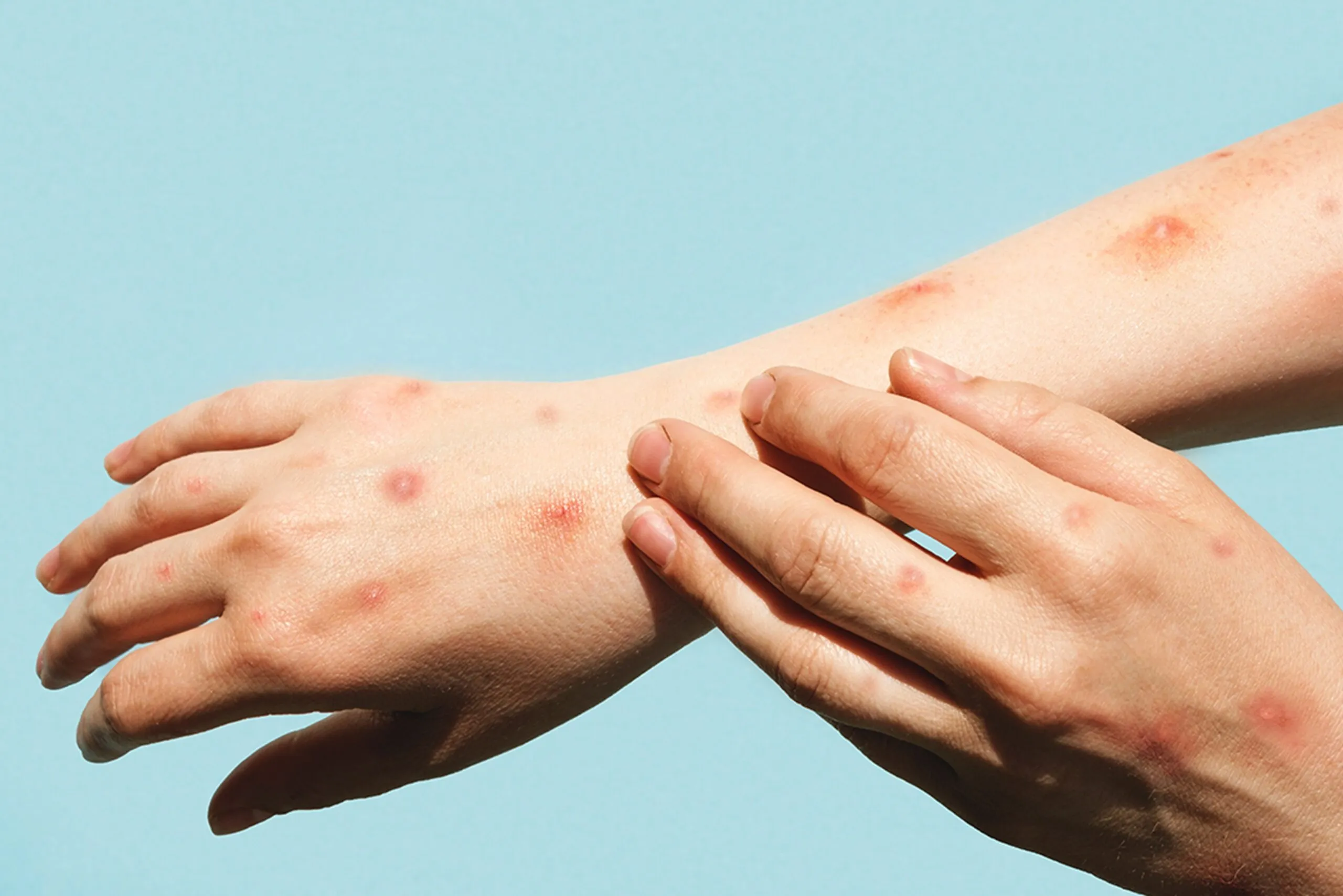The key to preventing tomato flu from becoming another terrifying situation, particularly for kids and immunocompromised adults, is to be aware of the symptoms, treatments, and safety measures.
India has seen an increase in tomato flu or fever cases over the past few months, affecting various states. What began with a few cases found in Kerala’s Kollam district has grown to more than 100 cases nationwide.
On August 17, a report titled “Tomato flu outbreak in India” appeared in the journal Lancet Respiratory Medicine. According to the report, the uncommon, non-life-threatening viral infection is endemic, but vigilant management is preferred to stop new outbreaks.
The red, tomato-like blisters that cover an infected person’s body give the viral flu its name. It typically targets children between the ages of one and five and adults with weakened immune systems. Despite being very contagious, Tomato flu has not yet been linked to any fatalities.
The Ministry of Health and Family Welfare (MoHFW) recently issued a warning to states on tracking, tracing, and treating the flu while doctors and scientists are still looking into the paediatric illness and noticing the rise in cases in India.
An increase in flu cases
While people are attempting to live with COVID-19 infections and the undetectable presence of monkeypox infections, the new tomato flu virus has sparked a new wave of anxiety, particularly in young people. A viral illness called “tomato flu” can cause mouth ulcers, blisters, or rashes.
All of the cases reported by the southern states of India involve children younger than five years old. According to doctors, everyone lived in enclosed indoor spaces free from infections for the previous two years. People are becoming more aware of new endemics due to the relaxation of restrictions and the return to everyday life. The same is true of tomato flu. The reopening of schools has increased children’s exposure to the outside world and infections. According to Dr Fazal Nabi, a paediatric consultant at Global Hospital in Parel, Mumbai, “The infectious agents can stay in a child’s body for a few weeks after the infection clears up. They are advantageous carriers as a result. Children are also more susceptible to the flu when they touch dirty surfaces and directly put objects in their mouths. Regular pediatrician checkups may help keep these infections in check.
Tomato flu’s similarities to other infections
Similar signs and symptoms are observed among the infected due to the change in weather and the rise in flu and other viral infections. Children with tomato flu are thought to have primary symptoms that resemble those of chikungunya or dengue and blisters that resemble chickenpox or even monkeypox.
Once tests have ruled out viral infections like dengue or chikungunya, the tomato virus is suspected of having been contracted. Chickenpox differs from tomato flu because it does not cause blisters under the palm and feet. A specialist in infectious diseases at Masina Hospital in Mumbai, Dr Trupti Gilada, commented on the distinction between monkeypox and tomato flu, a form of HFMD, saying, “Most importantly, monkeypox is uncommon in children whereas HFMD affects children under the age of seven mostly. HFMD rashes mainly affect the palms, soles, and mouth. Although the buttocks and thighs can also develop these rashes, it is uncommon to develop rashes all over the body. Almost always, they are minor and go away on their own. Monkeypox, on the other hand, causes sequentially spreading rashes from head to toe. It is typical for the face, genital region, palms, and soles to be affected. The rashes appear one to three days after the onset of the fever and can last up to two weeks.
The Center’s advisory clarified that the tomato flu has nothing to do with SARS-CoV-2 (COVID-19), monkeypox, dengue, or chikungunya.
signs and remedies
The symptoms and signs of tomato flu disappear after a few days because it is a self-limiting infectious disease. Initially reported symptoms to include a mild fever, appetite loss, malaise, and sporadically a sore throat. Small red spots appear after the fever, and they develop into blisters and ulcers. Dehydration, nausea, fatigue, diarrhoea, and vomiting have all been reported in some cases. Parents are advised to see a doctor if their child exhibits symptoms. The infected person must be kept in isolation until the infection is confirmed because it can spread quickly.
There isn’t a specific medication or vaccine for tomato flu yet. It is advised to maintain isolation, rest, drink plenty of fluids, and apply a hot water sponge to the affected area to soothe irritation and rashes. Other supportive treatments include topical calamine lotion for blisters, paracetamol for pain, anti-allergic for itching, and topical mouth gels for oral ulcers, according to Dr Ashok Gawdi, Consultant, Paediatrics, Apollo Hospitals, Navi Mumbai.
Prevention and safety measures
Although tomato flu is not a life-threatening illness, it is crucial to closely monitor the cases and take the necessary steps to stop the situation from getting out of hand. Dr Aditya Chowti, Senior Consultant, Internal Medicine, Fortis Hospital, Cunningham Road, Bangalore, spoke to ETHealthworld and first suggested that people not panic and asked parents to visit the doctor as soon as possible after the onset of symptoms. He continued, “Sanitization must be taken care of because tomato flu is mainly preventable. Additionally, infected children should avoid unnecessary surface contact and close contact with other healthy children. When it comes to preventive measures, it is advised that infected children limit contact with their non-infected siblings, even if that means sharing toys, clothes, food, or other items. The best thing for everyone’s safety is practising good hygiene and following preventive guidelines.
After the public healthcare system has endured enough COVID-19 waves and the new monkeypox infections, the new influenza virus variant emerges. The key to preventing tomato flu from becoming another terrifying situation, particularly for kids and immunocompromised adults, is to be aware of the symptoms, treatments, and safety measures.





